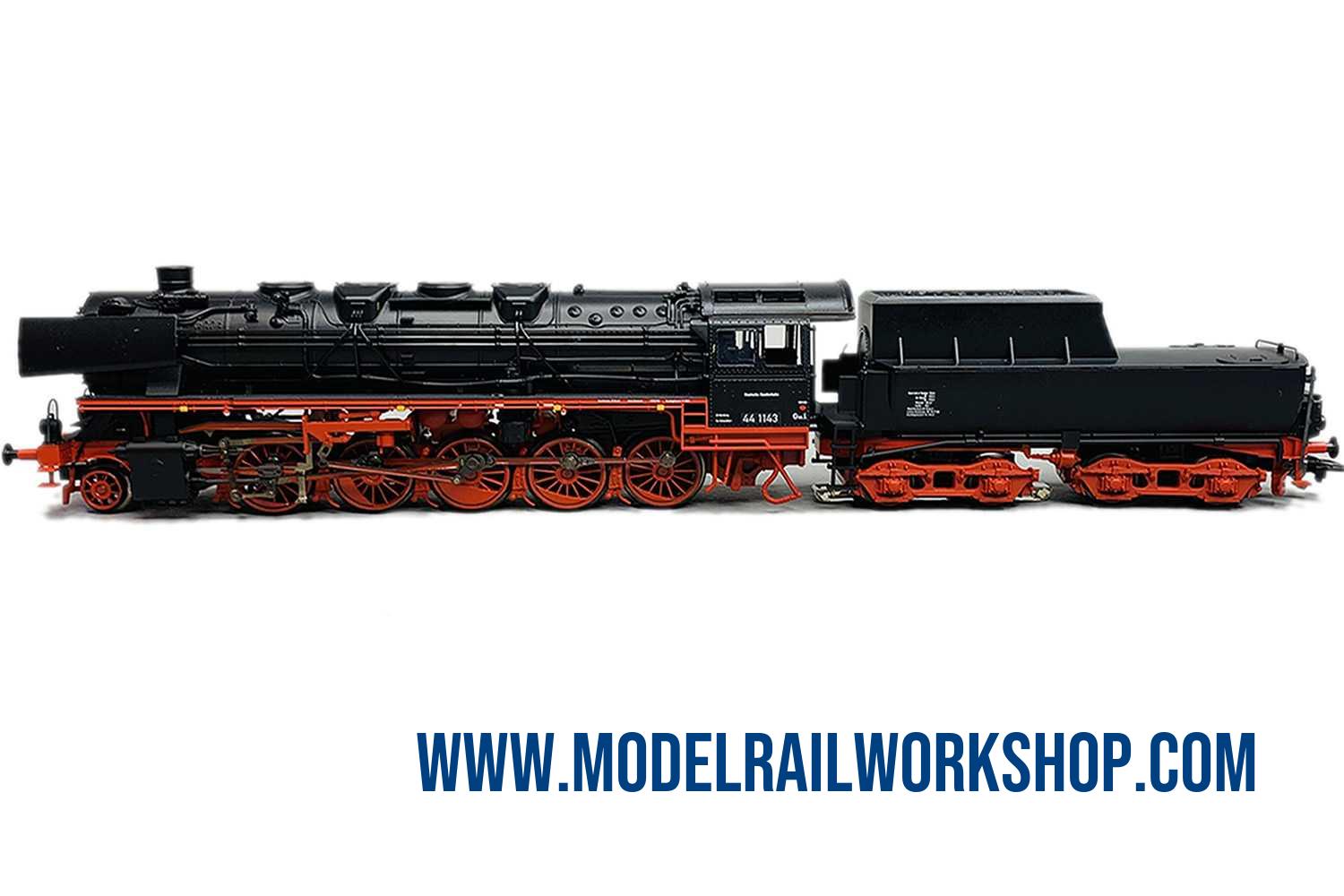
| KEY DATA | |
|---|---|
| Product Name | 39745 Steam Locomotive with Tender - Class 44 |
| Object type | Locomotive-Steam with tender |
| Product Line | Märklin |
| Era | 1945-1970 (III) |
| Manufactured years | 2023-2024 |
| Text on object | Deutsche Bundesbahn |
| Number on object | 44 1143 |
| Classification | Class 44 |
| Type of housing | Metal |
| Length | 26.0 cm |
| Technology | mfx+ |
| Railway company | DE-DB |
| Märklin RRP (Year) | 539€ (2023) |
| Url to Märklin | Klick to GoTo www.maerklin.de |
| Description | |
|---|---|